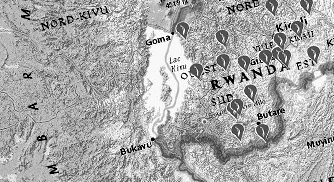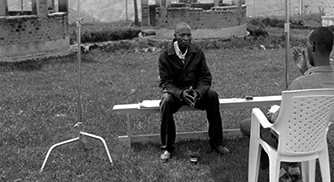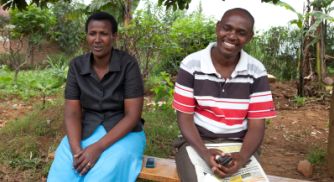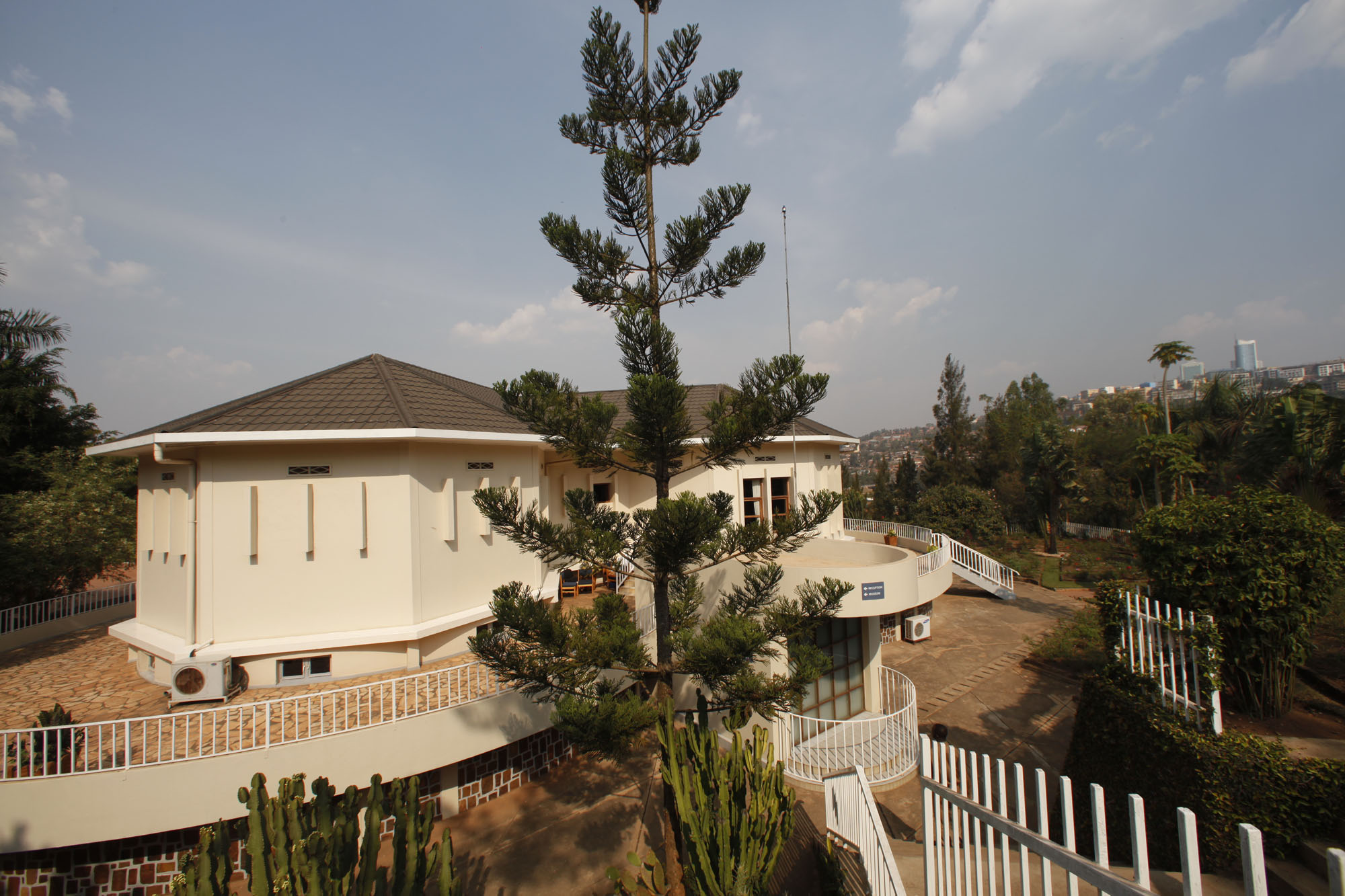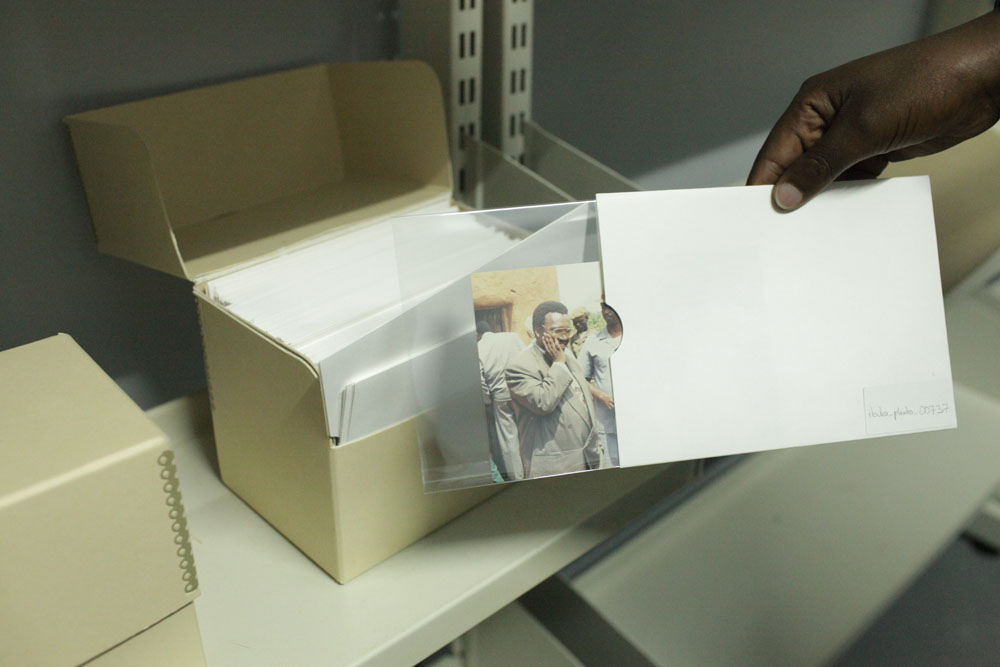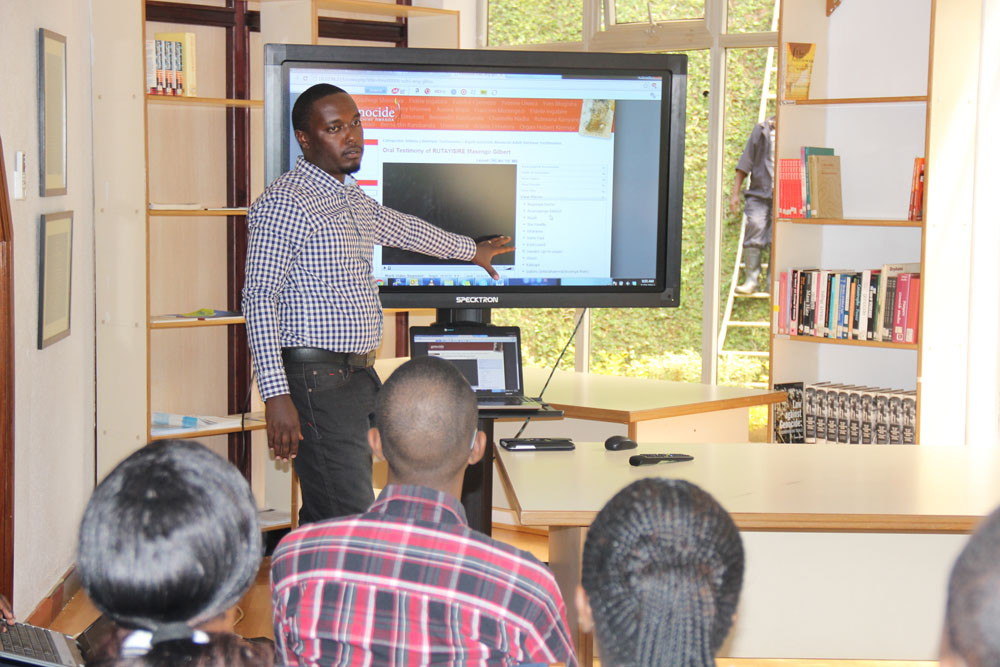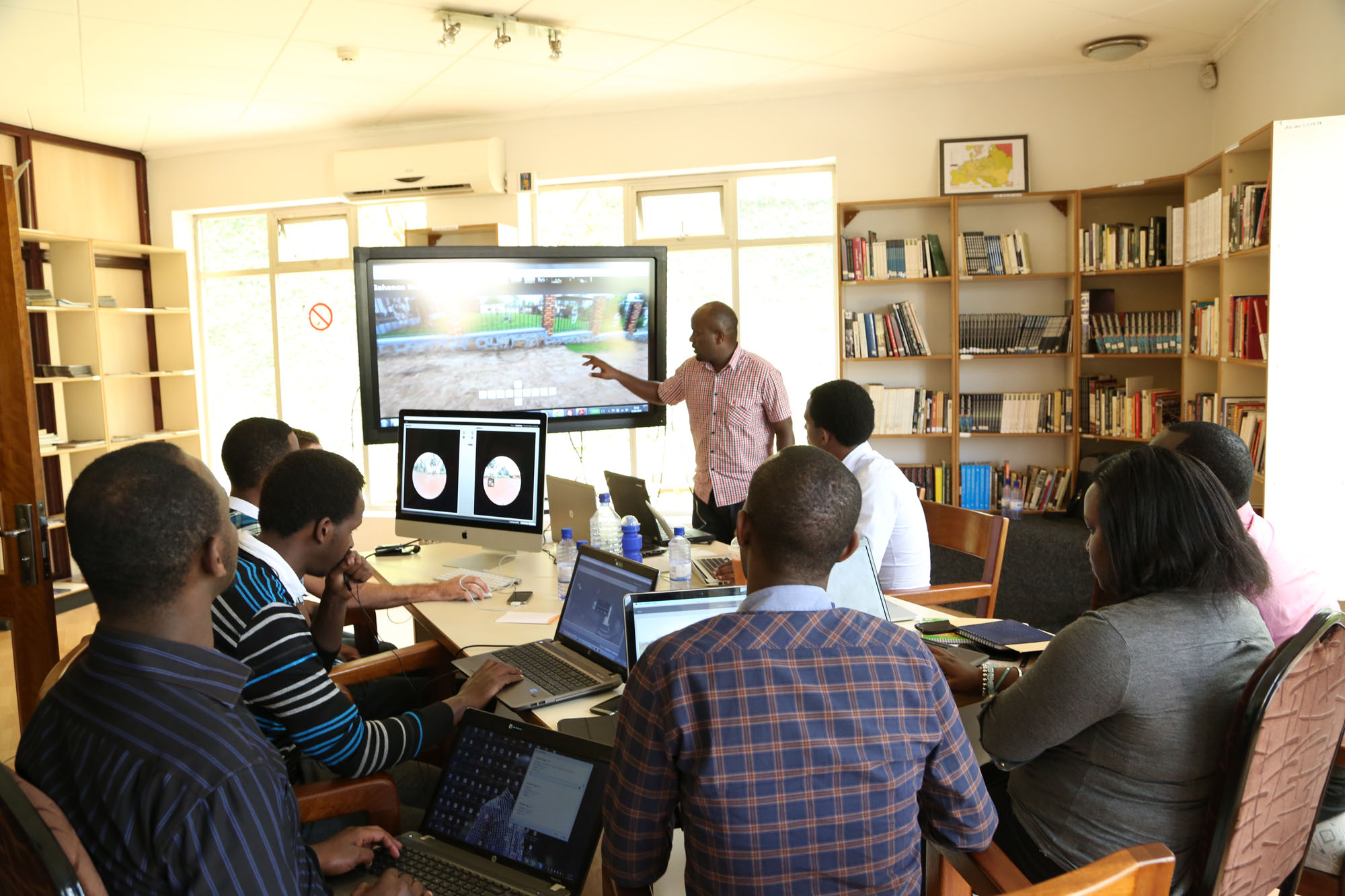 RESEARCH AND IDENTIFICATION
RESEARCH AND IDENTIFICATION
When collecting testimonies, the team undertakes different identification processes for each type of experience group: elders, perpetrators, rescuers (Abimanyi), and survivors. The interviewees for these groups are identified with the help of partner organisations and other government institutions:
- Ibuka, the umbrella association for survivors’ associations in Rwanda, assists the collection team to identify survivors and rescuers for interview.
- Perpetrators are identified with assistance from community leaders and relevant government institutions, such as the Rwanda Correctional Services.
- Inteko Izirikana, Rwanda’s Elders’ Council, assist the collection team to identify elders.
PLANNING AND PRE-INTERVIEW QUESTIONNAIRE
After identifying interviewees for each experience group, the collection team then contacts them to commence pre-interview sessions with the help of a questionnaire.
The purpose of these pre-interview sessions is to:
- Introduce Aegis Trust and the Genocide Archive of Rwanda to the interviewee as well as the purpose of collecting their testimony
- Meet, inform and prepare the interviewee about the processes of providing their testimony
- Explain the format and logistics of the interview process
- Gather general information and basic facts about the interviewee’s life by talking with them and asking them to complete the questionnaire.
The pre-interview session gives the potential interviewee the chances to decide if they are comfortable giving their testimony.
During the pre-interview session, the details for the initial testimony interview session are established. The interviewee is asked:
- Where they would like to have the interview recorded.
- In what language they would like to conduct the interview.
- To complete a consent form that allows the interviewee to determine the level of public access to their testimony.
The consent form is used to inform the interviewee about the use of their testimony for educational and research purposes, and that their testimony may be accessible online via the Genocide Archive of Rwanda website. The consent form gives the interviewee the option to impose restrictions on the use of their testimony.
The Genocide Archive of Rwanda does not pay or offer any other compensation to interviewees in exchange for their testimonies.
RECORDING 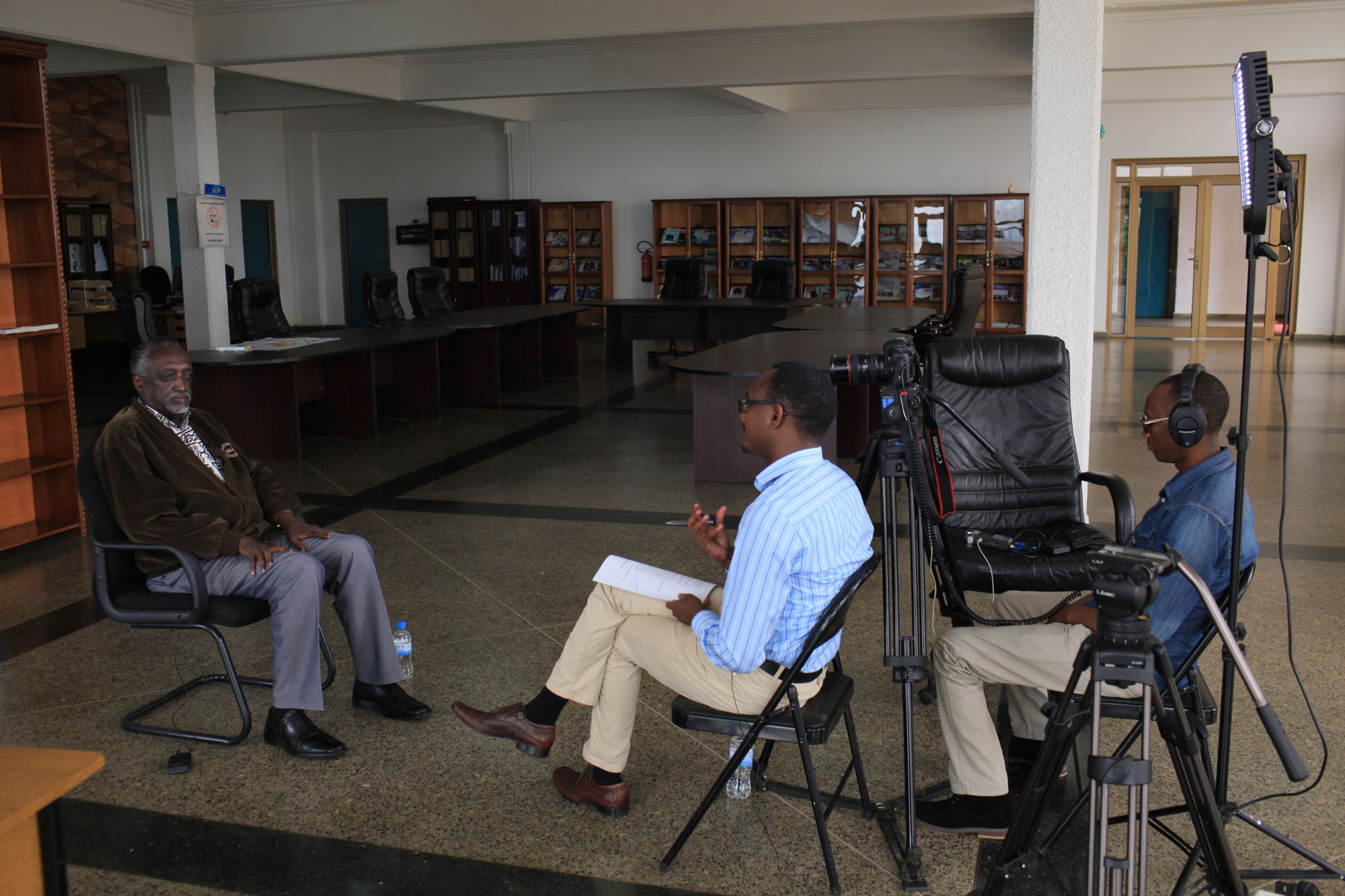
Before recording, the interviewee is informed of the interview methodologies and is encouraged to take their time and notify the interviewer if they need a break or more time to answer the questions.
The interviews are usually conducted using the following methods:
- The Life Story Method (the interviewee tells his/her story in chronological order)
- The Single Theme Method (the interviewee’s testimony focuses on one theme or event in particular)
- The Location Method (the interviewee goes through their story telling by location)
The collection team’s cameraman is responsible for setting up the equipment and preparing the interview space for a comfortable interview session.
CONTRIBUTIONS TO THE ARCHIVE
The Genocide Archive of Rwanda acquires much of its content, such as audio visual testimonies, films, photographs, audio, documents and artefacts from institutions and individuals. Most of the donating institutions are partners of the archive. An acquisition agreement is signed by both parties, giving the Genocide Archive of Rwanda permission to house the items and to agree on copyrights.

